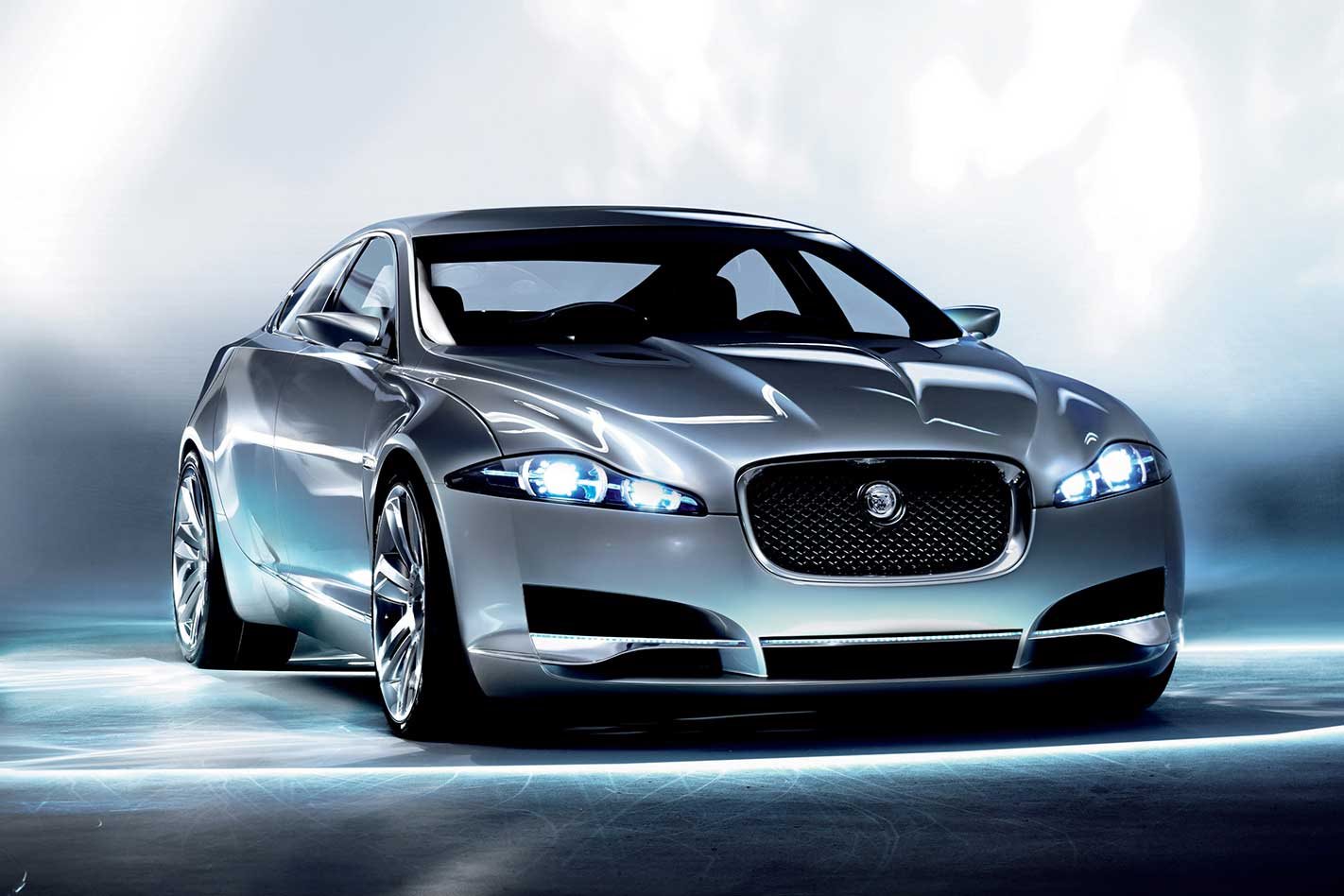Yes, we have used traditional materials,” intones designer Ian Callum as he introduces Jaguar’s latest car to a clearly roused audience at the Detroit Motor Show, “but the timber trim has been deliberately burnt. We scorched it with a blowtorch.” The man is clearly having fun.
This feature was originally published in MOTOR’s April 2007 issue
And well he might. Because the C-XF concept he’s just unveiled is the most interesting Jaguar design in 30 years. And that it predicts the dreary S-Type’s replacement v. soon just adds to the good news.
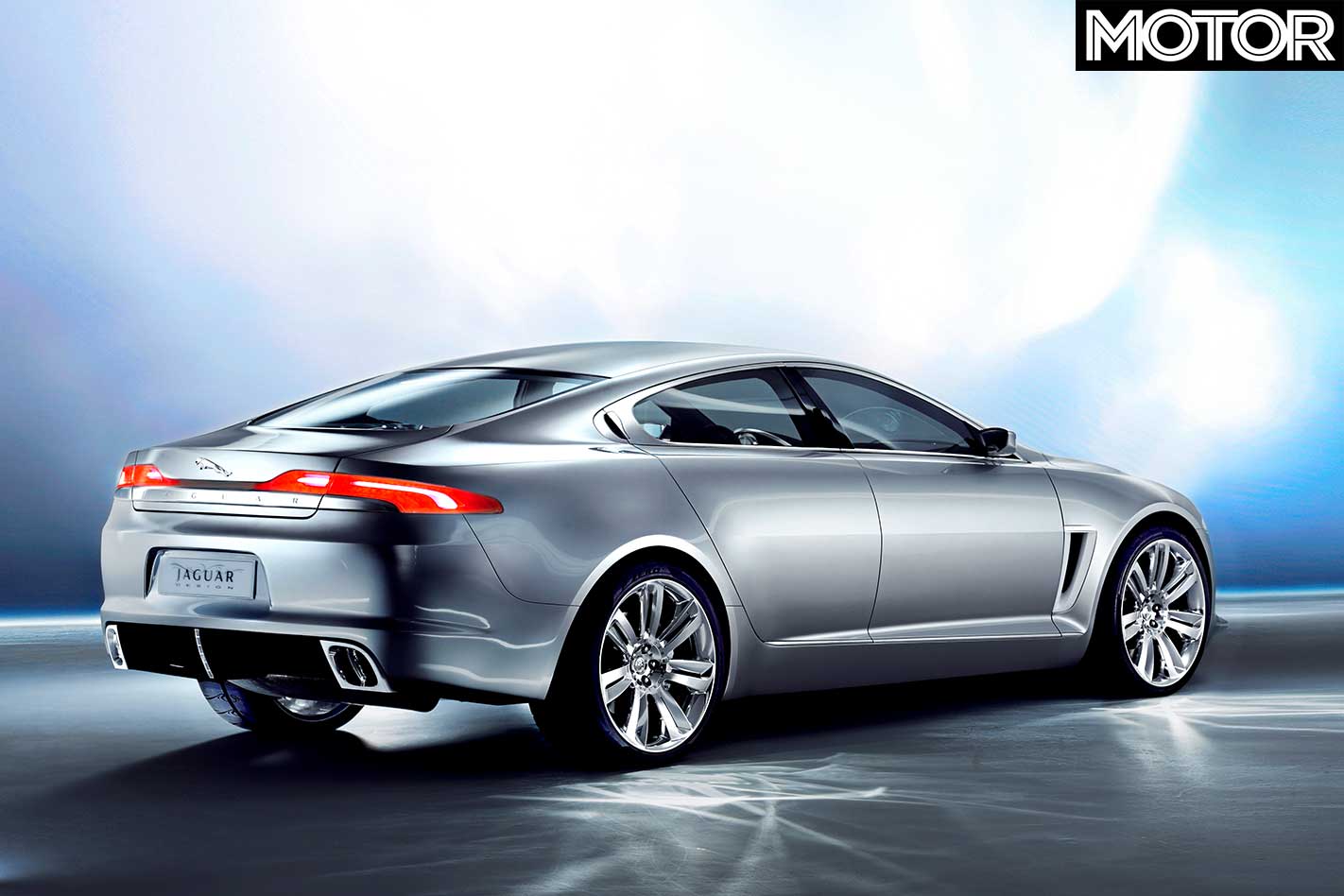
Exactly how the real-world saloon – already finalised before the C-XF was built – will appear is still to be revealed, but Callum tells us that the show car is strongly indicative of the production version and why not?
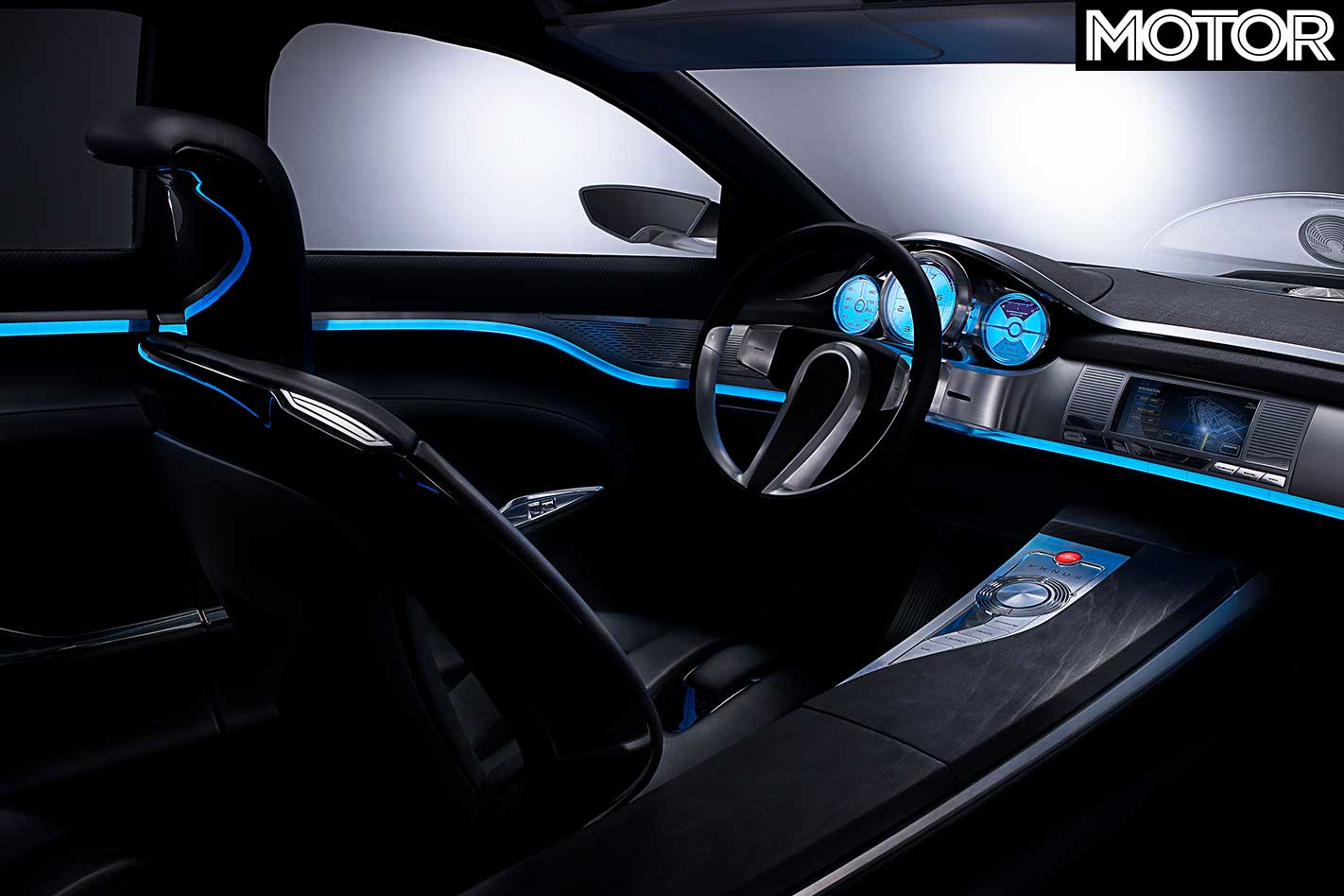
With a few concessions to pragmatism (a little more roof height, five-seater capacity, door handles perhaps) and good taste (make nice the exhaust) you’ve got one of the strongest four-door style contenders on the market; original, contemporary and, finally, distinctive without parody.
Which is timely; as despite – or because of – all the flag-waving, Jaguar’s fortunes have been in decline of late. Although v. impressive amounts of parent company Ford’s funds have been spent developing world-class aluminium platforms, stellar drivetrains and improved build quality, these advances have been hidden beneath bodyforms devoted to The Unchanging.
And guess what? Heritage doesn’t sell Hardware.
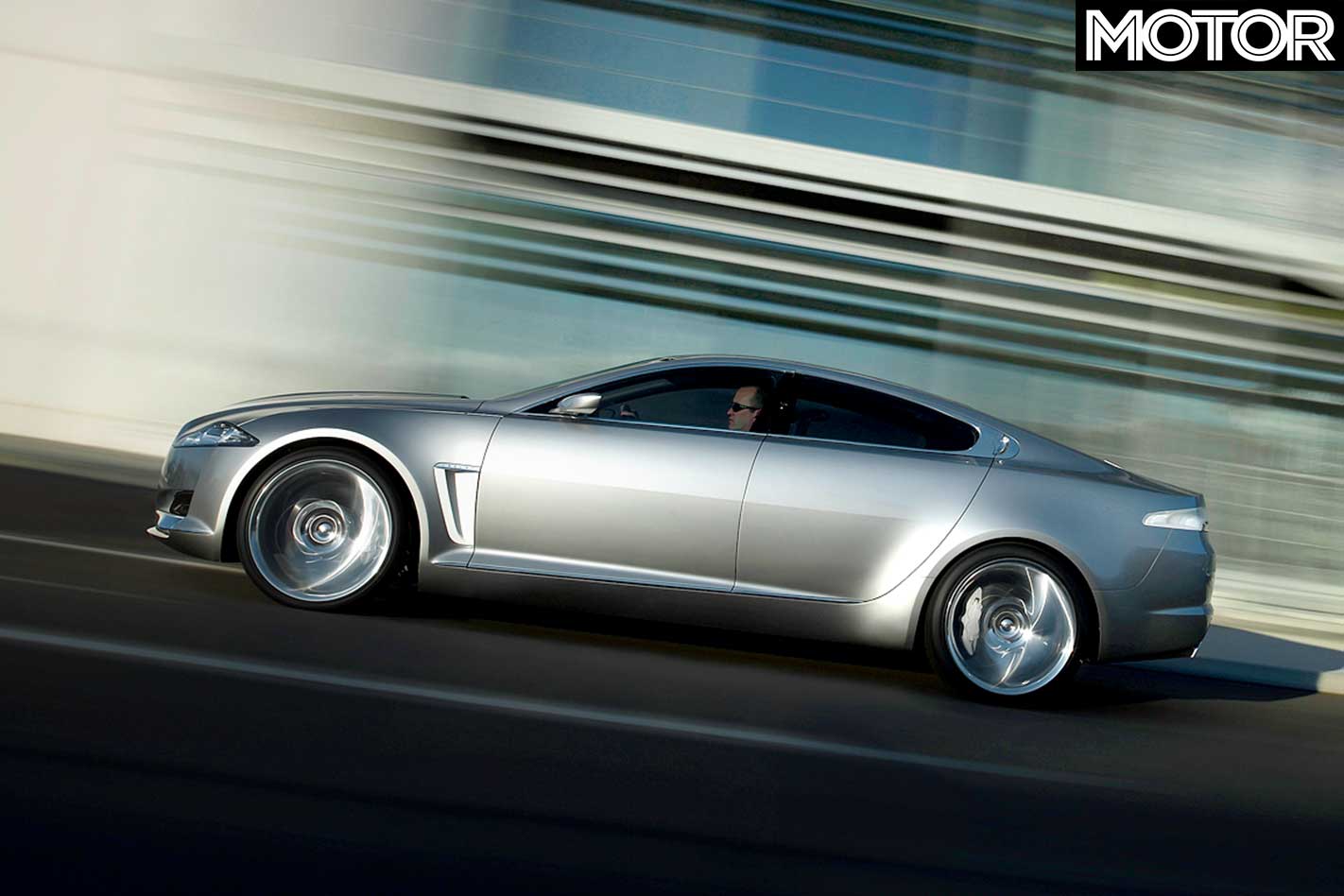
But many within the company have argued, and for many years, that a heritage as rich as Jaguar’s is too big an asset to lose, pointing out that the last time a clean break was tried the XJ-S coupe popped out and, apart from the car-for-the-blind jokes, nobody liked that very much.
So I imagine Designer Callum, having followed the faithful with his (current and clichéd) XK, might have had a battle on his hands to break free. But having previously debated the feisty bugger far into the night on matters of design, I’m not at all surprised that he’s finally had his way. And nor should the traditionalist be displeased.
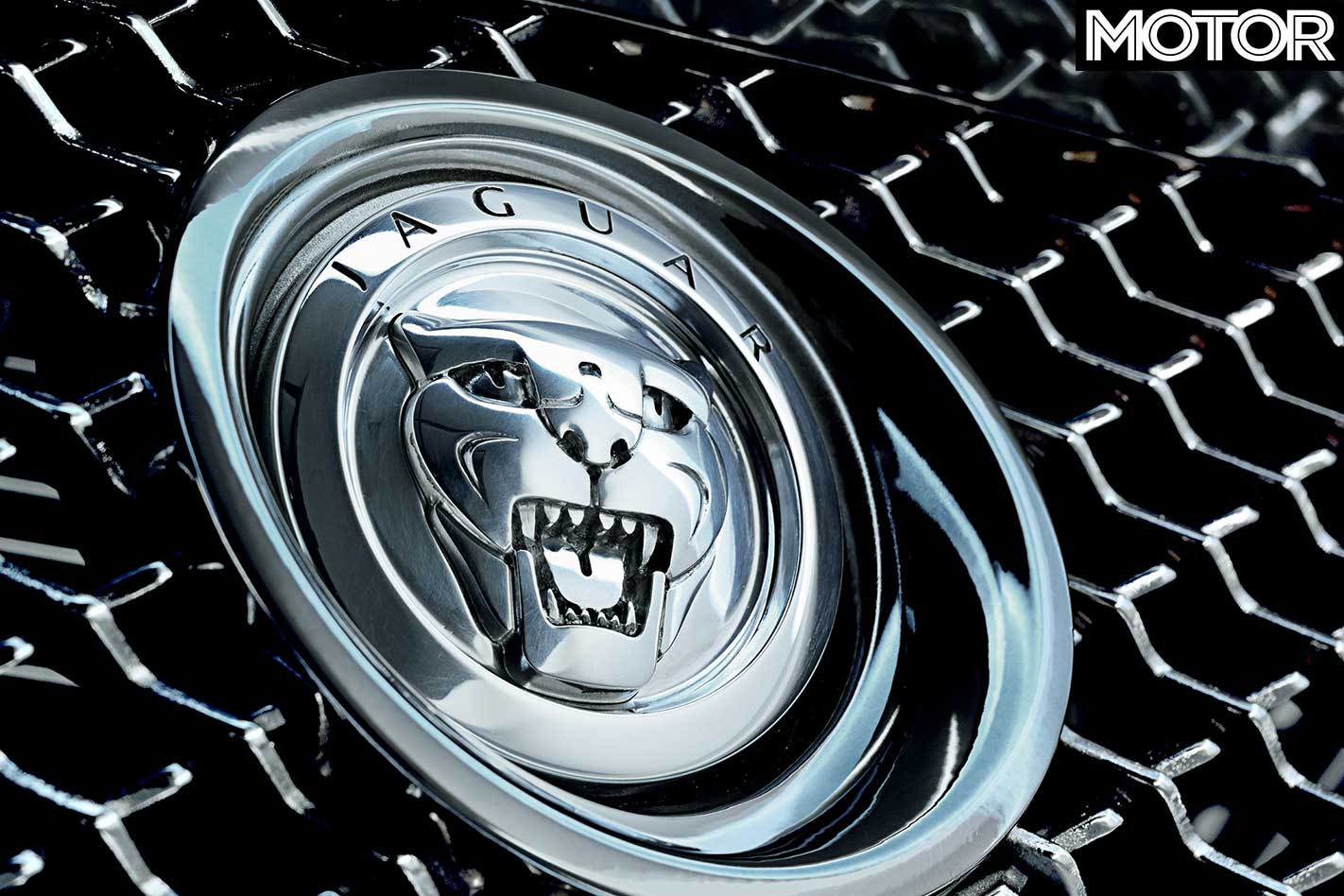
Far from abandoning the true ethos of Jaguar, Callum’s actually gone deeper into it than anyone since the days of Sir William Lyons, in which the classics – XK 120, Mk 2, E-Type, XJ6 – emerged owing nothing to, and honouring little of, anything that had gone before them. It wasn’t then, and in Callum’s vision, isn’t now a process of obligated evolution.
The challenge is always the creation of a beautiful, fast car distinguished by its drama, not its details. The C-XF promises a Jag saloon very much in that tradition.
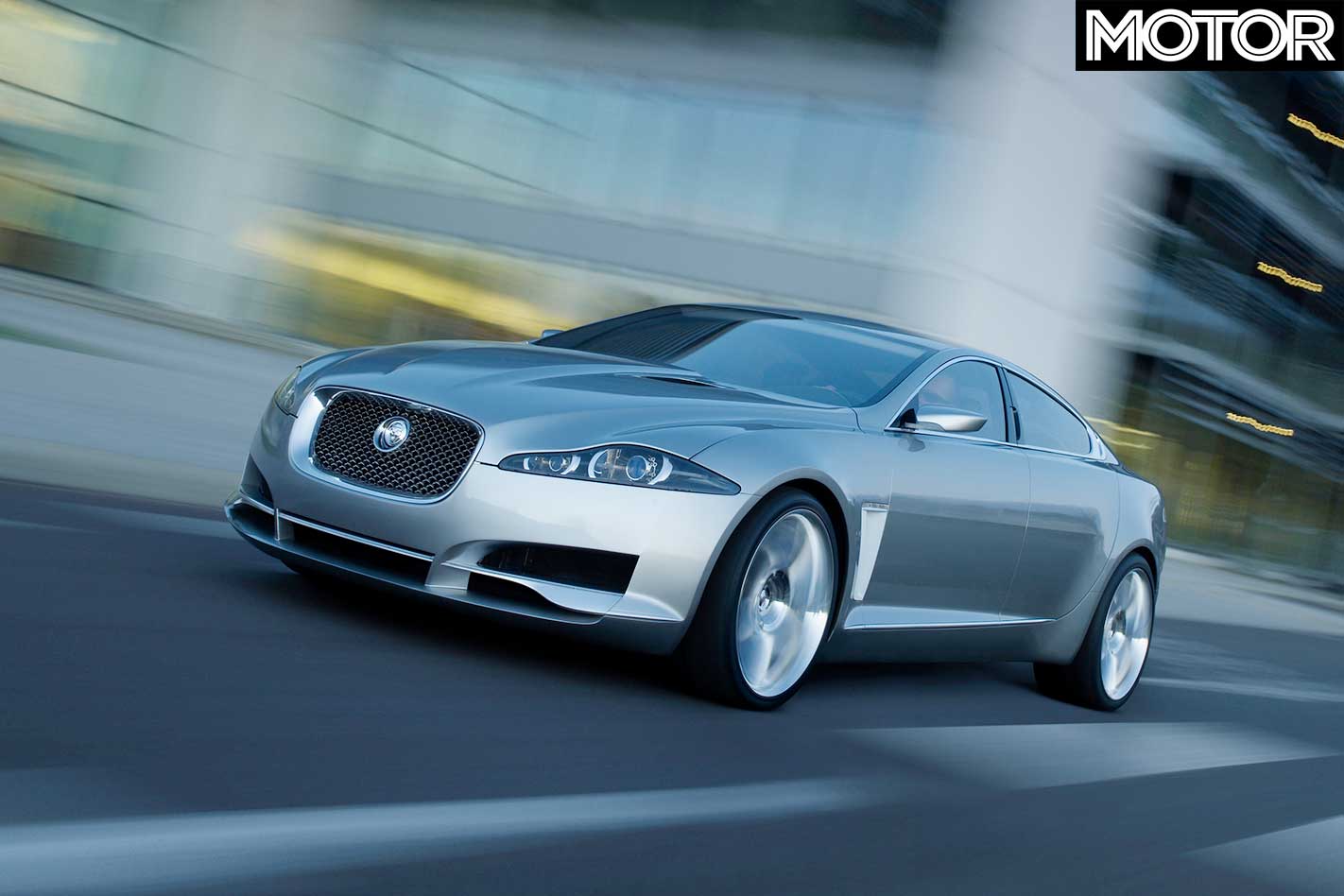
If not visually (although hints remain in the grille; no crime) then certainly in character. The stance is pure Jaguar and the snarl is near perfect. And if the rest of the design isn’t flawless – surely only Astons need side-vents for confidence – it’s more than enough to change things. Forever.
In conversation just after the launch, and before the C-XF is rightly awarded Car of the Show, Managing Director Bibiana Boerio tells us that Jaguar is committed to a repositioning, both upmarket and updated, of the marque. In truth, it has no choice now. Because Callum’s done more than just burn the timber on this one.
He’s burnt the bridges as well.

